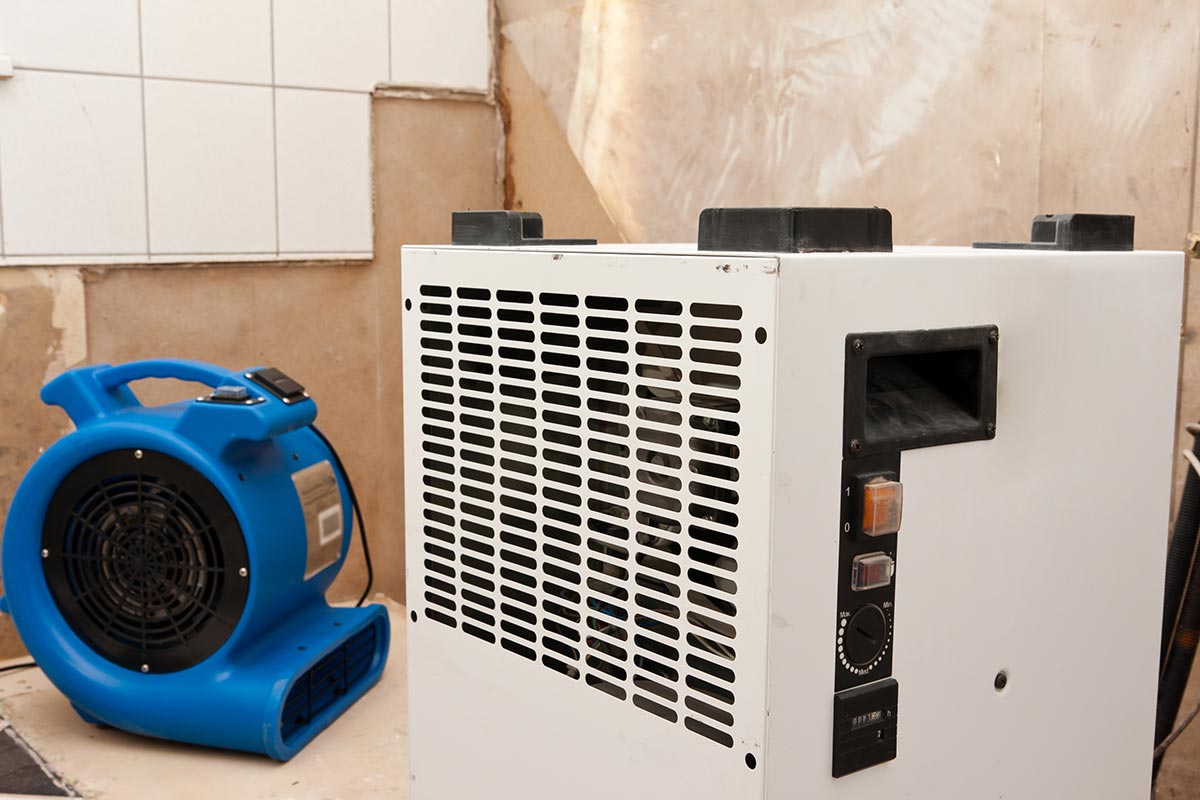Not only are the floors damaged after a water damage incident in your house, but the walls are often affected as well. As a result, it’s important to know how to dry wet walls—or to contact a repair company right away. Drying quickly decreases the risk of structural damage and prevents the growth of mould.
How Does Water Saturate Drywall?
Before you learn how to dry a wall after water damage, here’s a look into how water saturates drywall. Water can cover the floor and floor covering if it reaches a space from the ground level. Because of capillary action in porous materials, it will then begin to “wick” up the wall. The amount of movement is determined by the construction of the wall, the amount of water, and the height of the water on the wall material.
Drywall is a porous material on both sides of gypsum and cardboard-like paper. Drywall can potentially wick water up to 30 inches! On both sides of the wall, there will be water. However, due to less evaporation on that side of the drywall, it is often higher on the inside. Although water damage is often noticeable, the moisture does not always show up on the wall.
What If The Walls Aren’t Insulated?
In this scenario, the repair expert may dry out the damp walls without drilling holes or removing the baseboard. Every 10 to 14 feet, the technicians instal high-capacity air movers along the wall. These air movers extract moisture from the wall’s surface and rapidly evaporate it. More moisture is drawn to the surface as it evaporates. The restoration expert will also install a low grain refrigerant dehumidifier in the damp wall.
Depending on the moisture levels, one or more will be needed. This advanced drying equipment reduces the humidity levels to help with drying and prevent mold growth. When the conditions are right, the restoration expert will instal an inner-wall drying system by drilling small holes above the sill plate and forcing air into the wall cavity. According to studies, this is the easiest and quickest way to dry water-damaged walls.
The drying strategy often changes whether the wall has a moisture barrier on the outside or inside. Moisture barriers are coatings or materials that stop moisture from escaping through the wall. Latex paints, for the most part, are permeable and do not form a barrier. Glossy paints, on the other hand, can act as a barrier, whereas enamel paint or vinyl wall coverings act as a total barrier.
To allow moisture to escape and the walls too dry, technicians will need to perforate or remove them. If the interior of the wall is covered in plastic or foil, technicians may need to cut it. This is because in such circumstances, drying will not occur properly, and mould will grow.


